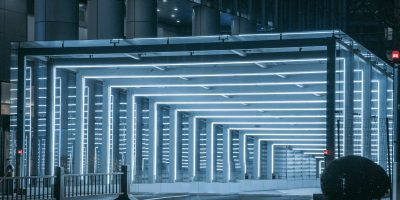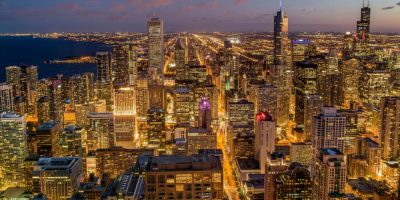In our modern world, urbanization continues to expand, bringing with it an increase in artificial lighting. While these lights are essential for safety, security, and convenience, they also contribute to a growing problem: light pollution. This excessive and misdirected artificial light wastes energy, disrupts ecosystems, obscures our view of the stars, and can negatively impact human health. Fortunately, there are effective strategies to mitigate light pollution without compromising the benefits of urban lighting. Here’s a guide on how urban areas can reduce light pollution.
Understanding Light Pollution
- Glare: Excessive brightness that causes visual discomfort.
- Sky Glow: The brightening of the night sky over inhabited areas.
- Light Trespass: Unwanted or intrusive light spills over into areas that are not needed.
- Clutter: Bright, confusing, and excessive groupings of light sources.
The Impact of Light Pollution
- Energy Waste: Inefficient lighting wastes significant energy, increasing carbon footprints.
- Wildlife Disruption: Artificial light can disturb the natural behaviors of nocturnal animals, including migration, reproduction, and feeding.
- Human Health: Excessive light exposure at night can interfere with sleep patterns and has been linked to various health issues, including sleep disorders and depression.
- Astronomy: City lights obscure our view of the stars, hindering amateur and professional astronomical observations.
Strategies for Reducing Light Pollution
Use Shielded Lighting Fixtures
One of the most effective ways to combat light pollution is to use fully shielded fixtures. These fixtures direct light downwards, where needed, rather than allowing it to spill into the sky or surrounding areas. Shielded fixtures reduce glare and light trespass, focusing illumination only on specific areas such as streets and walkways.
Implementation Tip:
Ensure all outdoor lighting fixtures, including streetlights, parking lot lights, and building exterior lights, are fully shielded and aimed downwards. This prevents light from scattering in unwanted directions and reduces sky glow.
Implement Smart Lighting Solutions
Smart lighting systems, which include motion sensors, timers, and dimmers, can significantly reduce unnecessary lighting. Motion sensors ensure that lights are only on when needed, while timers and dimmers can lower light levels during off-peak hours. These technologies reduce the usage of lights ,save energy, and cut costs.
Adopt Appropriate Lighting Levels
Many urban areas use brighter lighting than necessary. Conducting a lighting audit can help determine the appropriate level of illumination required for different areas. Municipalities can reduce excess lighting and its associated pollution by adjusting lighting levels to suit specific needs.
Use Warm Light Colors
Lighting with a high color temperature (blue-white light) is more disruptive to both humans and wildlife. Opting for warmer color temperatures (yellow-orange light) can minimize these negative impacts. LEDs with a color temperature of 3000K or lower are ideal for reducing sky glow and other forms of light pollution.
Implementation Tip: Replace existing cool white (5000K-6500K) outdoor lights with warm white (2700K-3000K) LEDs. This simple switch can significantly reduce the harmful effects while still providing adequate illumination.
How Lighting Solutions Enhances Workplace Productivity
Promote Public Awareness and Education
Educating the public about reducing light pollution can lead to community support for lighting regulations and best practices. Public awareness campaigns can encourage residents and businesses to adopt better lighting habits, such as turning off unnecessary lights and using proper fixtures.
Establish Lighting Ordinances
Many cities have implemented ordinances to regulate outdoor lighting. These laws can set standards for fixture shielding, light color, and permissible lighting levels. Effective ordinances balance the need for safety and security to minimize light pollution.
Enhance Green Spaces
Green spaces in urban areas, such as parks and nature reserves, can serve as buffers against light pollution. Limiting artificial lighting in these areas preserves natural habitats and provides dark-sky oases where city dwellers can enjoy the stars.
Retrofit Existing Lighting Systems
Retrofitting outdated, inefficient lighting systems with modern, energy-efficient alternatives can significantly reduce light pollution. This includes replacing high-intensity discharge (HID) lamps with LEDs and installing smart controls.
Engage with Professional Lighting Designers
Consulting with professional lighting designers can ensure that urban lighting projects are effective and environmentally friendly. These experts can design lighting plans that minimize pollution while meeting all functional requirements.
Conclusion
Reducing light pollution in urban areas requires a multifaceted approach that combines technology, regulation, and public engagement. By implementing shielded fixtures, smart lighting solutions, appropriate lighting levels, and public education initiatives, cities can enjoy the benefits of modern lighting while preserving the night sky and protecting ecological and human health. Wagonway is committed to providing lighting solutions that contribute to sustainable urban living. Together, we can create brighter futures and darker skies.





